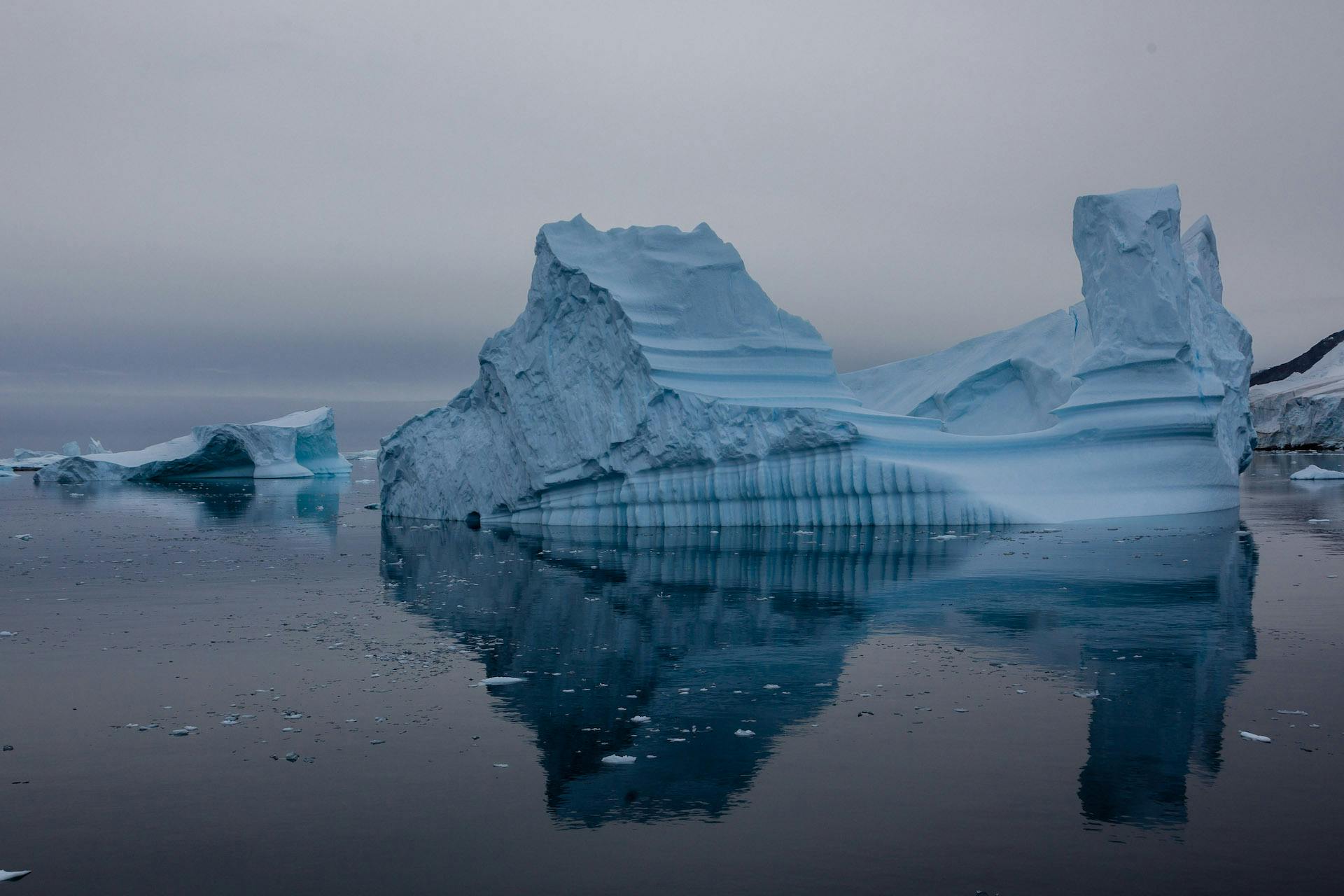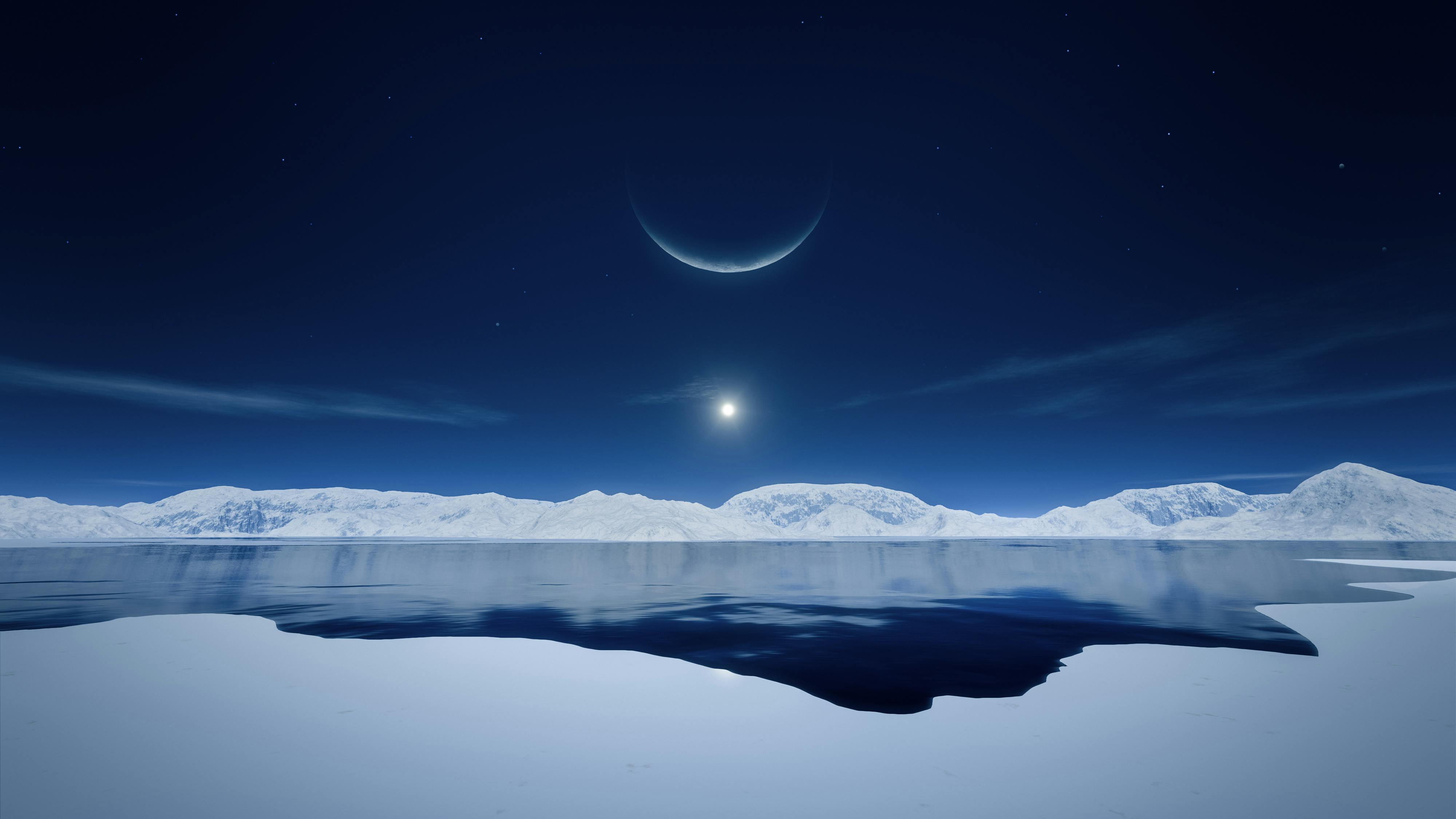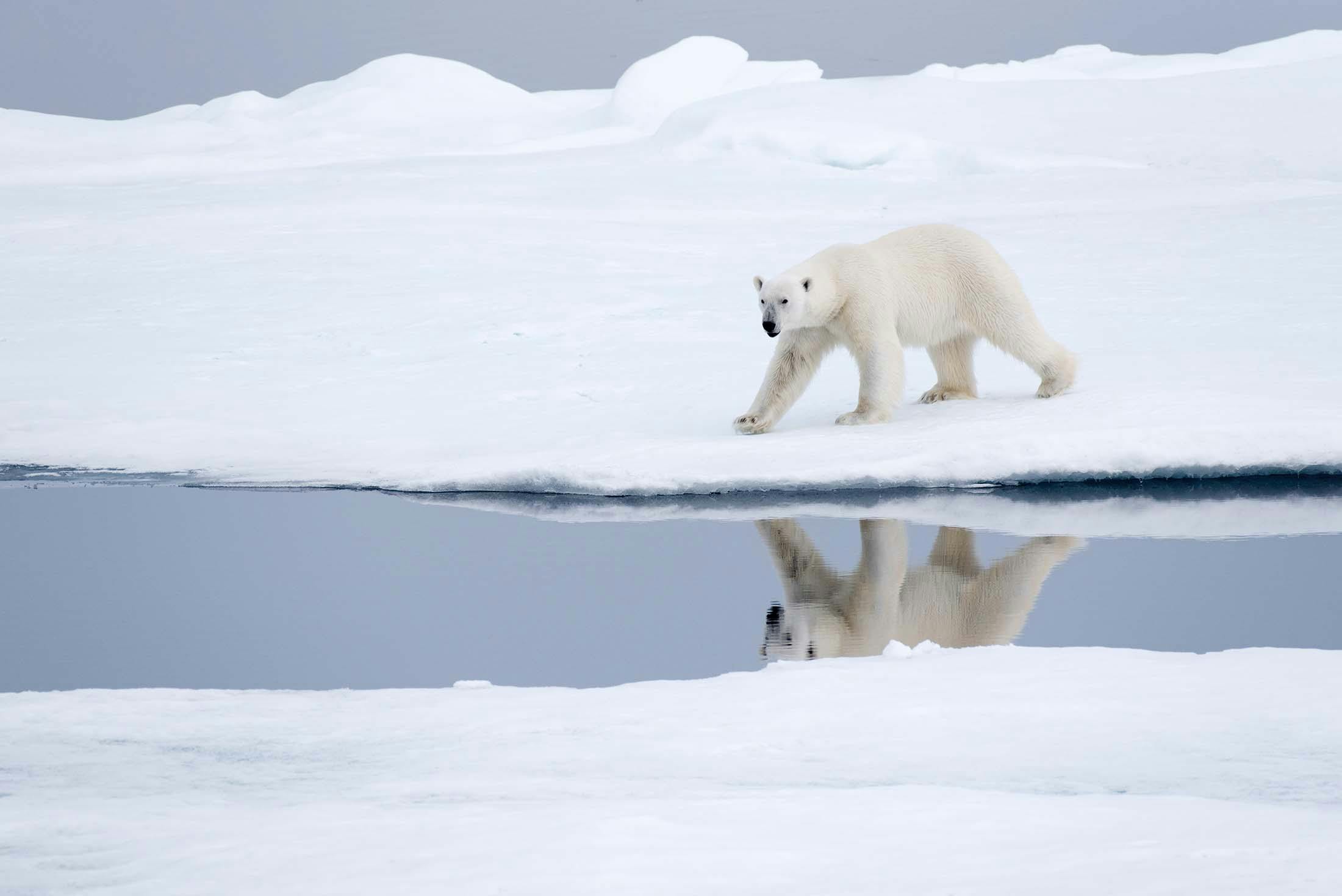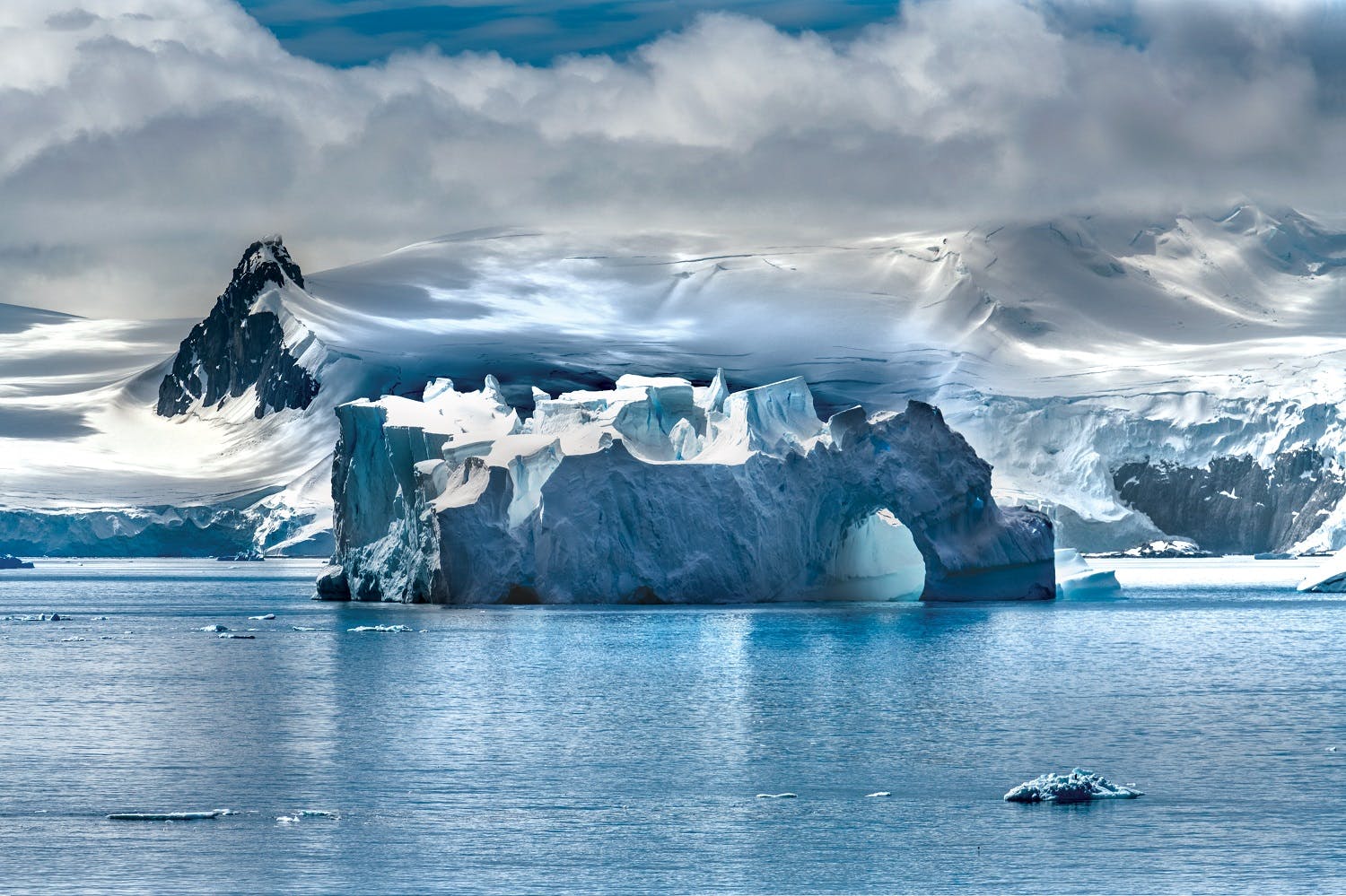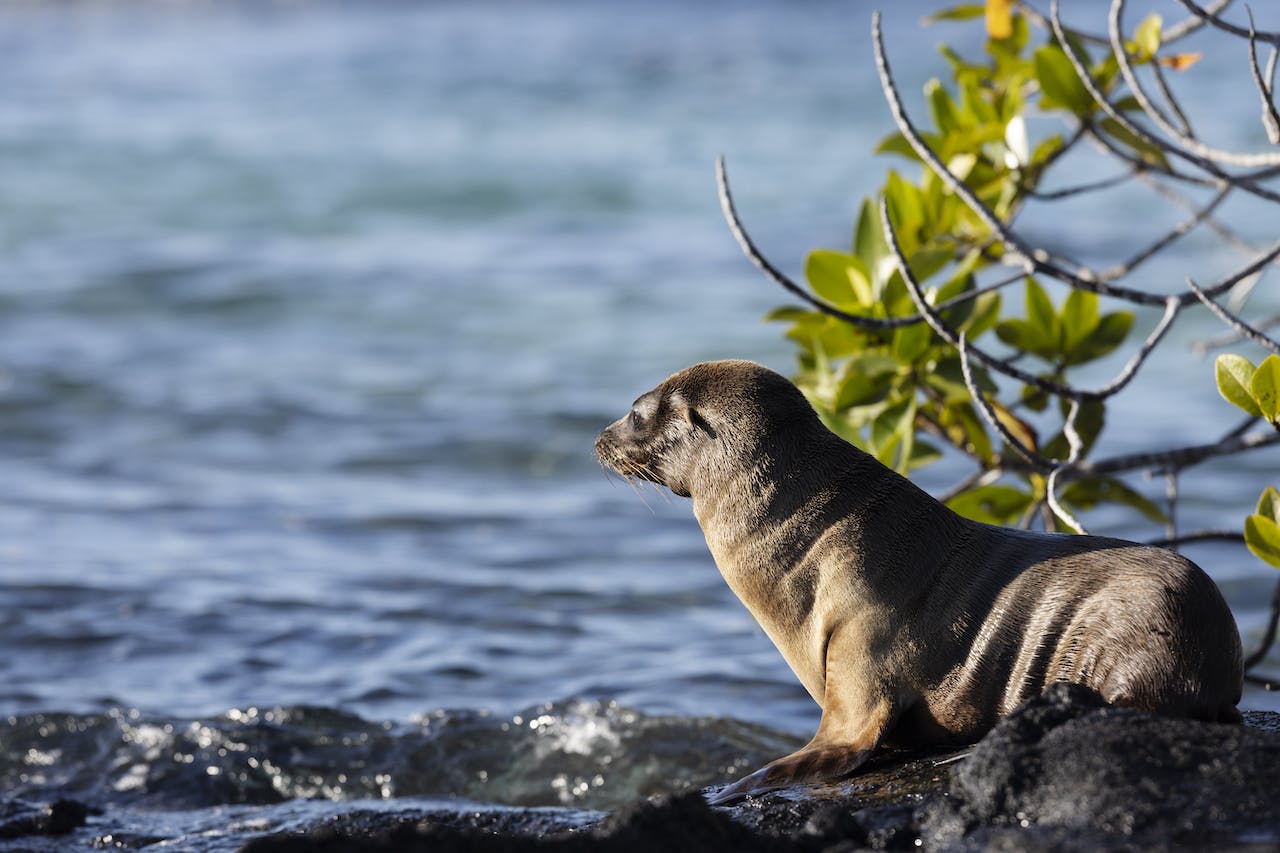Bergs, Bits and Brash: An Ice Primer
If you ask historians what’s so extraordinary about the polar regions, they’ll most likely share accounts of some of the incredible expeditions of the Heroic Age of Polar Exploration. A marine biologist, on the other hand, will likely rhapsodize about seals and whales such as orcas. But, if you ask a glaciologist, get ready to hear about glaciers large enough to defy previous conceptions of what “mammoth” actually is. The descriptions of deep blue ice sculptures of insurmountable beauty will surely dazzle you. And then try to imagine the tinkling and popping sounds of air bubbles finally escaping from brash ice following centuries of frozen encapsulation.
This may sound fantastical, like fodder for magic lands and fairy tales. But the reality is, when you travel with Silversea to the high latitude regions, you will encounter some spectacular ice landscapes. Whether you choose the high Arctic, the fjords of southeast Alaska or the so-called White Continent of Antarctica, you’re in for an incredible treat.
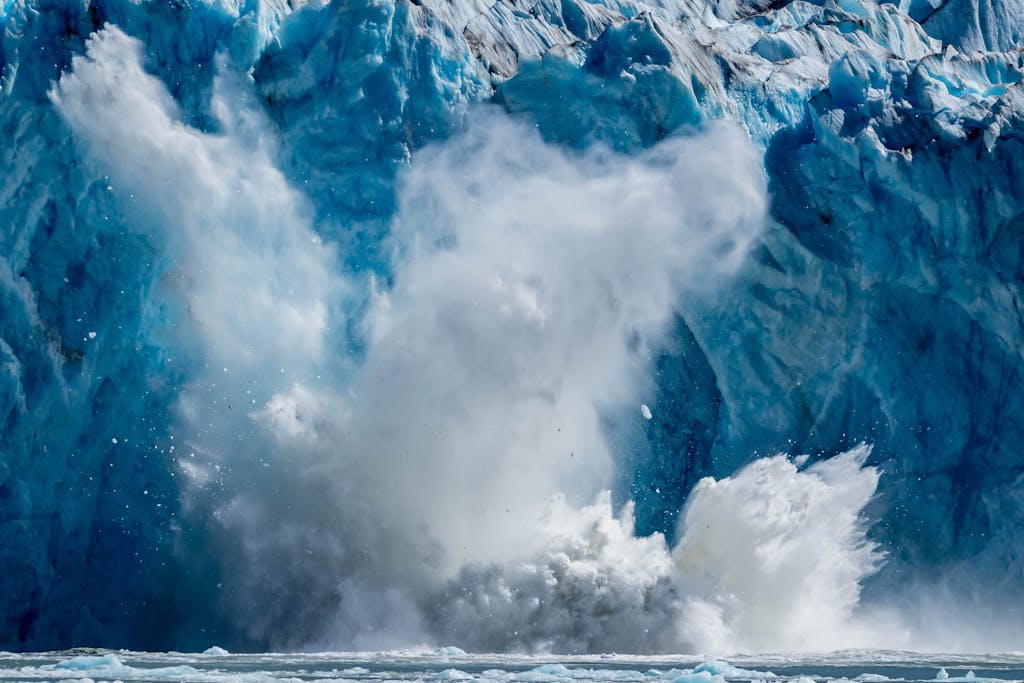
Existing in an Ice Age
You might be surprised to learn that we’re still currently in an ice age— we’ve been in one for the past couple million years. Specifically, we happen to be in an interglacial period, and the vast ice sheets are not as prolific as they are during glacial maximums. The last such period ended about 12,000 years ago when “continental glaciers” covered much more of North America, Europe and South America.
Before proceeding further, it might be useful to explain why ice exists at all on this planet. We have it because if more snow falls in the winter than melts in the summer, the result is a net gain of snow accumulation. If this happens for a few millennia, the snow slowly compresses into ice, and its weight eventually moves it downhill due to gravity. That’s when we call these formations “glaciers.”

Ices shelves are formed when multiple glaciers converge in an embayment and create a flat, expansive ‘shelf’ of ice that, in Antarctica, calves tabular icebergs. Sometimes, these can even be the size of small countries. Because the top surface of a glacier is affected by the substrate over which its traveling, ice shelves have a very flat top surface as they are floating over the flatness of the ocean. The terrestrial glaciers described above are moving over uneven and mountainous surfaces and, therefore, are crevassed and jumbled. Almost all ice shelves, and consequently, most tabular icebergs, occur in Antarctica. The northern reaches of Canada’s Ellesmere Island also host a few.
Intricate Works of Natural Beauty
Icebergs take on some fantastically diverse and unique shapes, which is due to several variables. For starters, the bigger the berg is, the longer it will remain in the water due to a large volume to surface area ratio. Smaller bergs will melt quicker. There’s more time for wind, sun, rain, surf and tides to carve an iceberg the longer it’s in the water. Incidentally, glaciologists and geologists consider glacier ice a “rock,” composed of one mineral: ice. So, over time, the ice becomes a work of natural beauty exhibiting the most intricate patterns like gravity-defying arches and stunning shapes of fanciful sinuosity.
The intense blue colors we see in glacial ice fall along a gradient of somewhat easy to very technical. The simplest way to think about it is as follows: snow becomes very dense as the air within it compresses. Then, ice crystals develop. Longer wavelengths can’t pass through this ice-air matrix as readily as the shorter blue wavelength. Thus, because blue is the only wavelength passing through the ice, that is what we see. The ice, however, needs to be a specific size for us to recognize that color. When we see exceptionally clear ice, that’s because the air bubbles in the ice have not expanded yet; it’s not big enough to look blue. This is sometimes called “black ice” because we see the darkness of the water through the ice. White ice, on the other hand, has expanded air bubbles that block even the blue wavelength from passing through, and we see all the scattered wavelengths as white.
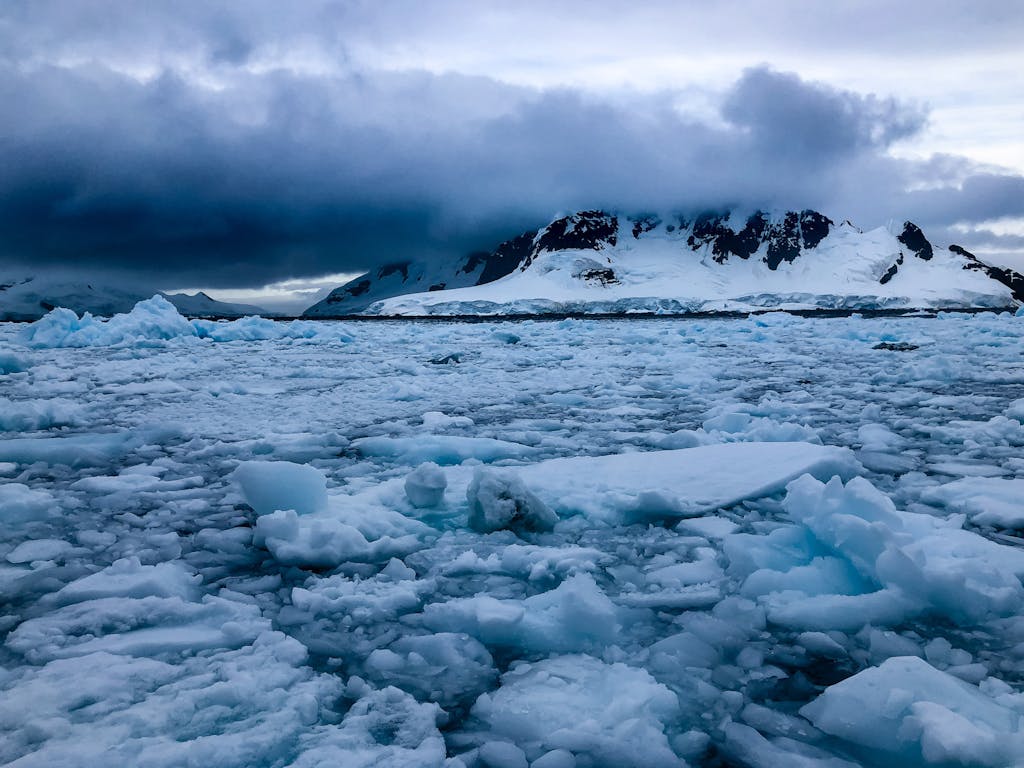
Disappearing Sea Ice
There’s one more type of ice you might see on a Silversea Expedition to the high latitudes— sea ice. While glaciers are the product of snow and are therefore composed of freshwater, sea ice forms from seawater and tends to have a relatively flat surface. But it differs significantly from tabular ice because it isn’t more than a few meters thick. Tabular icebergs, in contrast, can be hundreds of meters thick.
Historically, sea ice in the north would last year to year for many years, appropriately taking on the name “multi-year ice”. But neither hemisphere can lay claim to much anymore. While sea ice forms from saltwater, much of the salt ‘sinks’ out of the ice through brine channels that develop during ice formation.

When viewing these fantastic natural beauties from the vessel’s deck or while exploring in a Zodiac, remember that up to 90 percent of the ice may actually be underwater. Hopefully, though, this short introduction gives you a solid idea of what to expect when it comes to these natural wonders, even though it is truly just the tip of the iceberg!




